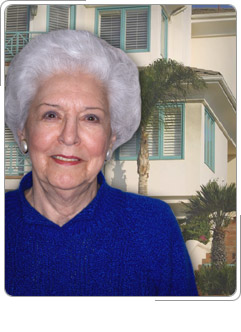Case Study 1: Period of Ownership and UseIn 2017, Helen lived in a rented apartment. The apartment building was later changed to a condominium and she bought her apartment on December 1, 2021. In 2023, Helen became ill and, on April 14 of that year, she moved into her daughter’s home. On July 10, 2025, while still living in her daughter’s home, she sold her apartment. For the 2025 tax year, Helen can exclude all the gain on the sale of her apartment because she met the ownership and use tests. Her five-year period is from July 11, 2020, to July 10, 2025, the date she sold the apartment. She owned her apartment from December 1, 2021, to July 10, 2025 (over two years). She lived in the apartment from July 11, 2020 (the beginning of the five-year period), to April 14, 2023 (over two years). Click here for an explanation. The required two years of ownership and use do not have to be continuous. Taxpayers meet the tests if they can show that they owned and lived in the property as their main home for either 24 full months or 730 days (365x2) during the five-year period. Short, temporary absences, even if the property is rented during those absences, are counted as periods of use. Also, if the taxpayer becomes physically or mentally unable to care for themselves, and used the residence as their principal residence for 12 months in the 5 years preceding the sale or exchange, any time spent living in a care facility (such as a nursing home) counts toward the 2-year residence requirement, so long as the facility has a license from a state or other political entity to care for people with the taxpayer's condition. Ownership and use tests can be met during different two-year periods. However, a taxpayer must meet both tests during the five-year period ending on the date of the sale. 
|